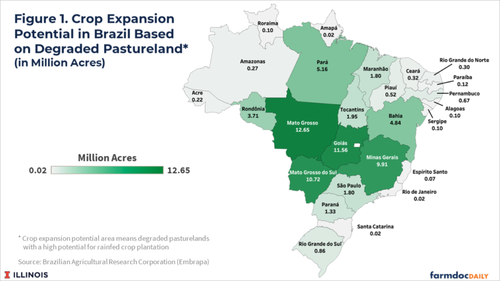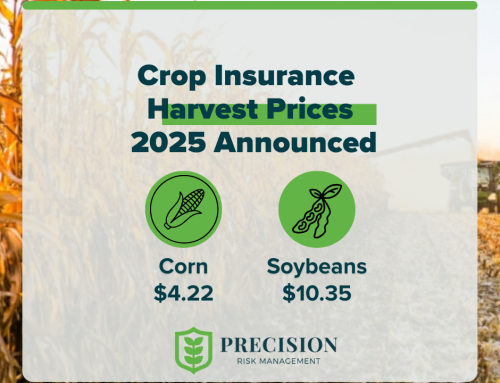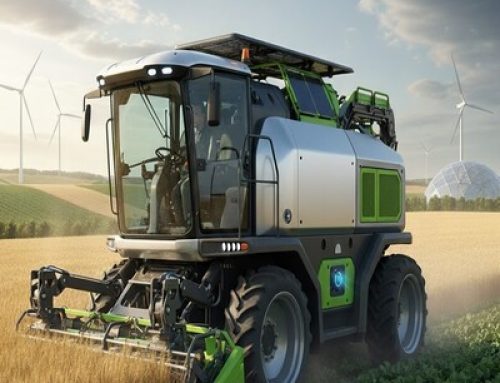By Joana Colussi, Nick Paulson, Gary Schnitkey and Jim Baltz, Department of Agricultural and Consumer Economics, University of Illinois and Carl Zulauf, Department of Agricultural, Environmental and Development Economics, Ohio State University
The role of land in increasing food production has accounted for over 50% of the increase in crop output in South America since the 2000s (see farmdoc daily, March 6, 2024), with Brazil standing out as a big player. Most of this growth has occurred as a result of the conversion of pastureland, particularly in the Brazilian savanna, the Cerrado. Consequently, Brazil has emerged as a global leader in producing commodity crops, with the potential for further expansion into new areas. But what is the real expansion potential, considering environmental restrictions, logistical challenges and climate?
This article analyzes a recent study published by the Brazilian Agricultural Research Corporation, the Embrapa (see the note), suggesting that Brazil could convert an additional 70 million acres of pastureland to crop production – without deforestation. This number represents a 35% increase in the current production area. Furthermore, we explore the potential for intensifying land use for second-crop corn in Brazil, looking at differences by region and the impact of the growth of corn-ethanol processing plants in the Center-West region.
Conversion of Degraded Pasturelands
Based on geospatial databases, a recent study led by Embrapa indicates approximately 70 million acres of planted pastures in Brazil with intermediate and severe levels of degradation that have the potential for conversion into cropland (Bolfe et al., 2024). Pasture degradation does not reflect the productivity of the land but relates to the grasses. Pasture degradation is caused by overgrazing, insufficient weed and pest control, and lack of soil fertilization (Feltran-Barbieri and Féres, 2021) and occurs in practically all regions of Brazil. A conversion of 70 million acres of degraded pasture to cropland would represent nearly a 35% increase in Brazil’s total planted area compared with the 2023/2024 crop season projection by the National Supply Company (Conab) – Brazil’s agency for food supply and statistics.
Embrapa mapped approximately 26 million acres of pastureland with severe degradation and 43 million acres with intermediate degradation with either good or very good potential for conversion to agriculture. At the state level, the largest quantities of degraded pastureland with potential for conversion are in the states of Mato Grosso (+12.65 million acres), Goiás (+11.56 million acres), Mato Grosso do Sul (+10.72 million acres), Minas Gerais (+9.91 million acres), Pará (+5.16 million acres), and Bahia (+4.84 million acres) (see Figure 1). Those states, and in particular Mato Grosso, are where large increases in cropland have already occurred.
In Brazil, degraded pastures have been seen as potential areas for cropland expansion because of the relatively high costs of fertilizers compared with the average price of cattle beef in the domestic market (Bragança et al., 2022). This makes conversion to cropland a more attractive alternative than recovery of the pasture for livestock grazing. In other words, rather than improve the pasture, it is often more profitable to convert it into cropland. Over the last two decades, from 2000 to 2021, Brazil recovered 52 million acres of degraded pastures, according to data from the Federal University of Goiás.
It is important to note that Embrapa’s analysis of the potential for agricultural expansion excluded areas that are deemed exceptional, such as indigenous lands, conservation units, rural settlements, and Afro-Brazilian settlements, as well as Legal Reserves – private areas protected by federal legislation. This law requires landowners to maintain a fixed amount of area as native vegetation within their properties to preserve biodiversity. The proportions of land required to be held as Legal Reserves vary by regional biome: 80% in the Amazon, 35% in transition zones between the Amazon and Cerrado, and 20% in the Cerrado, Atlantic Forest, Caatinga, Pantanal and Pampa biomes. The potential for conversion of 70 million acres of degraded pasture to cropland would continue to include these Legal Reserves in natural vegetation.
In Mato Grosso, Brazil’s largest agricultural state, the planted area could increase 25% compared to the 2023/2024 season by converting degraded pastureland into cropland. Currently, soybeans and corn occupy more than 90% of the crop-planted area in Mato Grosso in the double-cropping system (see more in the next section). Additionally, in the Center-West states, the potential for agricultural expansion is notably higher in Mato Grosso do Sul and Goiás, reaching 69% and 67%, respectively, compared to the acreage in the current crop season.
To read entire report, Click Here





